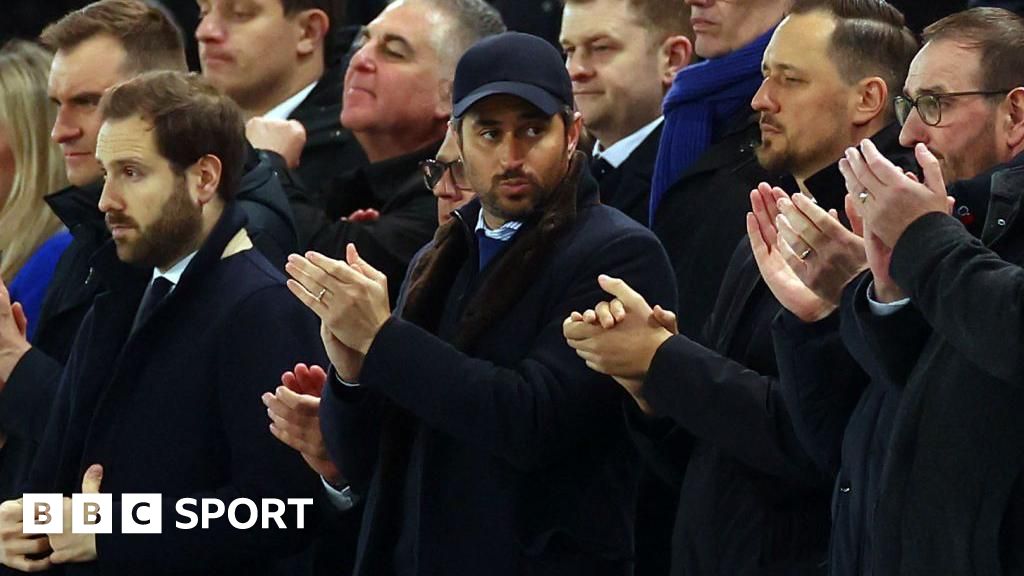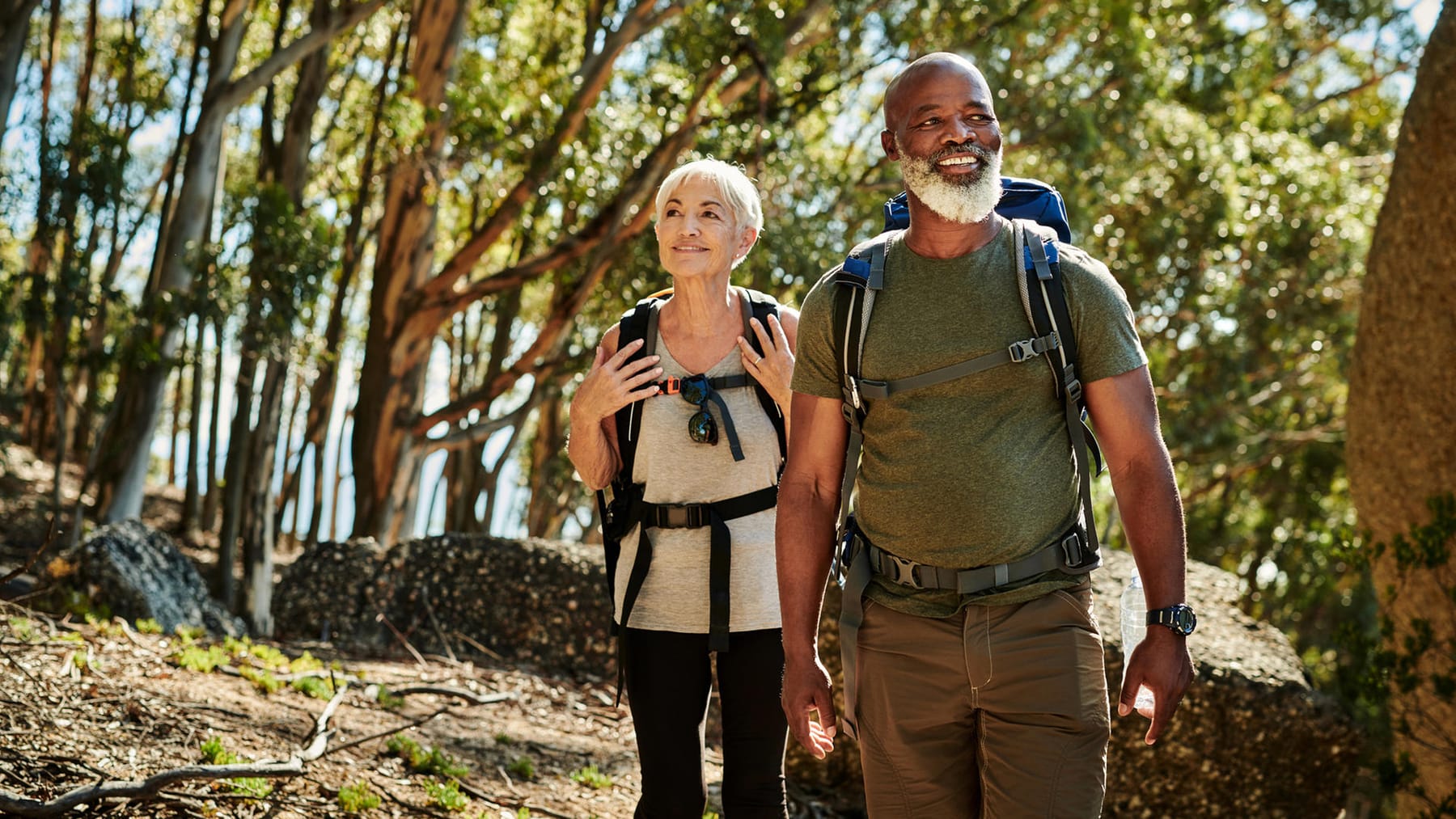Increased risk of falls, restricted movement, and muscle pain: These are just a few of the risk factors associated with age-related muscle loss. What helps.
This process can be slowed down by exercising regularly and strengthening the most important muscle groups.
“Older” sports expert Ingo Froboys advises. The more exercise the body gets, the fitter it stays. Therefore, it is never too late to start training and counteract age-related muscle loss. What sports are particularly suitable for this and what role does diet play in this.
Why does the body need strong muscles
While strong muscles at a young age score points above all else visually, they become an important health protector with age. A strong, trained muscular system stabilizes, supports, and protects the skeletal system, promotes coordination and movement, and supports a sense of balance. All this is important to prevent falls – which often leads to bedridden in old age.
“In addition, regular muscle training maintains body flexibility, prevents muscle shortening and counteracts tension and muscle spasms,” says Prof. Ingo Froboys, University Professor for Prevention and Rehabilitation in Sports at the German Sports University in Cologne. “Strong muscles are indispensable for independence and movement in old age. Climbing stairs, getting to the bus quickly, carrying shopping bags, cleaning, getting dressed or opening bottles—impossible without strong muscles.”
With age, the body loses muscle
You have to do something to keep your muscles healthy. Because: starting around the age of 30, the natural breakdown of muscle mass begins. Doctors talk about sarcopenia. If nothing is done about it, you will lose about 30 percent of your muscle mass by the age of 70. So muscle training becomes more important with age. According to Froboese, the best thing for health in general is to be active throughout life. Muscle training is always part of a healthy body.
Prof. Dr. Ingo Frobose University Professor for Prevention and Rehabilitation in Sports at the German Sports University in Cologne. In his new book Metabolism Compass (ullstein-Verlag), the expert explains the relationship between muscle health and muscle mass in the second half of life.
But the sports guru also has good news for older sports fans: “It’s never too late to confront muscle loss in old age. Muscles want to be used. That’s what they’re made for. The worst thing you can do for your muscles is to take it easy. Regular training keeps them flexible.” But training isn’t about building mountains of muscle.”
Before training a doctor’s examination
Anyone who has not yet been very active should undergo a medical examination before starting training and agree on the appropriate types of sports, duration and intensity of training with the doctor. This is also important if there are underlying diseases, such as arthritis (wearing of the joints), osteoporosis (bone degeneration) or heart disease, such as heart failure. Gymnastics, hiking, brisk walking, swimming and cycling are usually a good fit – also in a home trainer. The rule is: Challenge the body, but don’t overwork it.
Strength training or cardio training?
It is important that training be adapted to the individual health situation and performance and be increased gradually. The chosen sport should also be fun. This is the only way to continue. Many find motivation in groups, for example in hiking groups, swimming courses, backcountry courses or on cycling trips. According to the sports expert, a combination of endurance and muscle training is best. Endurance sports strengthen the cardiovascular system, and strength training strengthens muscles and stabilizes the skeletal system.
“Regular exercise also has the advantage that it supports bone metabolism and the supply of nutrients to joints. It is no coincidence that exercise is an important therapeutic component for both arthritis and osteoarthritis,” says Froboys. “Even daily exercises such as climbing stairs strengthen muscles and should not be underestimated.”
Eating right for the muscles
The nutrients are also essential for muscle function. Minerals such as calcium, magnesium and potassium are just as important as proteins. Nerves need minerals to transmit commands to muscle fibres. The muscles themselves need minerals to contract, stretch and relax. Bone metabolism also depends on an adequate intake of calcium and vitamin D. Proteins are important for maintaining muscle, and repair and muscle-building mechanisms can be implemented. The German Society for Nutrition’s recommendation is 1 gram of protein per kilogram of body weight for people over 65 years of age.

“Alcohol buff. Troublemaker. Introvert. Student. Social media lover. Web ninja. Bacon fan. Reader.”







More Stories
Skin rash after eating asparagus? What could be behind it?
Conjunction of the Moon and Mars
Skin rash after eating asparagus? What could be behind it?